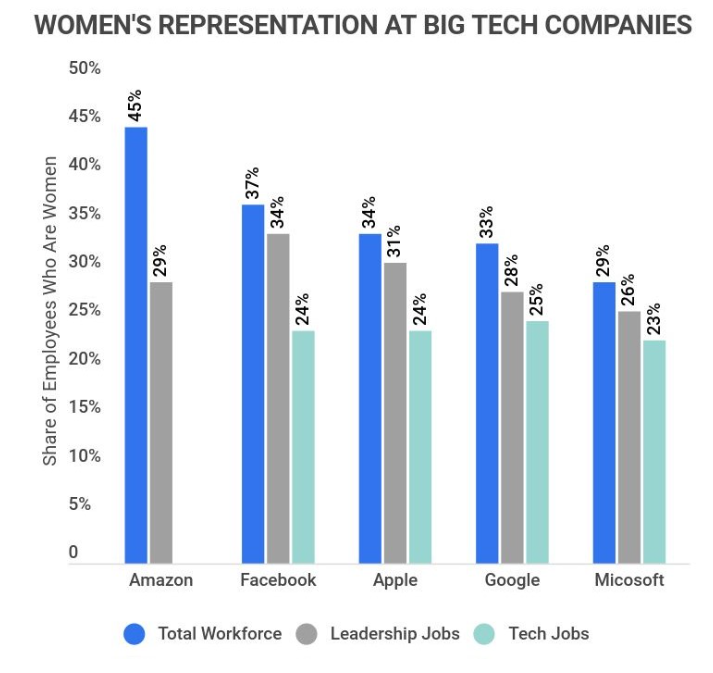Watch out for the Wolf “HR” in Sheep’s “People & Culture’s” Clothing”
As technology continues its exponential trajectory of growth and evolution, so too should our approach to the growth of people operating within it. In the tech industry, it’s never been more important to build fair, equitable and inclusive workplaces that work for all employees.
In exploring the differences between “old-school” HR, which is grounded in risk and compliance, and progressive HR practices which, conversely, focus on the people and on building healthy culture, we can discover how to implement practical solutions to create better workplaces in every way.
Traditional vs Progressive HR: What’s the Difference?
Traditional HR policies focus on personnel operations like compliance, contracts, and reward-based incentives. These can lead to uninspiring and clock-in-clock-out cultures. In contrast, progressive HR is more fittingly called “People & Culture” as it centres on a clear value of the organisation’s people and on culture, focusing on employee experience as a performance driver. Creating a fair and inclusive culture that fosters creativity and collaboration is a top priority of progressive HR practices.
Red flags that signal old-school HR would be when HR does not have an executive position, therefore is not valued by the leadership team as a strategic component of their decision-making. And if HR reports to Finance or Legal – our advice is to run for the hills…!
Why Diversity in the Tech Industry Matters So Much
The tech industry continues to struggle with female representation in the workforce despite recognising the importance of diversity and inclusion. While women make up more than half of the population, Google, YouTube, Microsoft, Apple, and Facebook all have a female workforce of less than 35% and the numbers dip even further when you slice down into the technology teams.

This is primarily due to the “broken rung” theory, which hinders women’s progression within the tech industry. Although women are hired at a similar rate to men in entry-level positions, they often fail to advance beyond that status to higher-ranking positions. The lack of progression creates a metaphorical glass ceiling that hinders women’s career advancement.
Considering that Science, Technology, Engineering and Maths (STEM) is the fastest-growing industry sector and that 70% of jobs are predicted to be STEM-related by 2050, the fact that women are underrepresented in the field will have dire consequences on gender equality and the world economy.
The Fifth Industrial Revolution and the Future of Women in Tech
The next phase of tech evolution is the Fifth Industrial Revolution, where human-computer interaction is the core focus. Nothing wrong with that, it is an inevitable progression. The concern though is that now women in the workplace, and overwhelmingly in the tech industry, have to worry two-fold: first in getting employed and retaining their role compared to their male counterparts, and second to their machine counterparts.
Traditional entry-level jobs that most women hold in tech, such as admin or office-based work, are being replaced by automation, ultimately limiting women’s employment opportunities. Implementing a strategic and progressive People Plan that promotes inclusion, encourages diversity, and builds trust among employees, customers, and partners, ensures the success of the Fifth Industrial Revolution for everyone. It is absolutely essential to include women in senior management roles as companies benefit significantly from increased employment and leadership opportunities for women.
Overcoming the Challenges of DEI Initiatives
Diversity, Equity and Inclusion (DEI) initiatives may have become a priority in the tech industry. However, recent studies have shown that traditional diversity programs like unconscious bias training too often miss the mark and can even do more harm than good. Assuming this as a silver bullet or a set-and-forget tick-box exercise usually leads to demotivation, backlash and perceived tokenism.
A “multipronged” approach focusing on re-engineering hiring practices, using technology and behavioural sciences to reduce bias and normalising flex and part-time is a step in the right direction. To truly create a culture that welcomes diverse perspectives, underrepresented groups must be encouraged to “join, stay, succeed and lead” within businesses.
Creating a More Inclusive Future
HR professionals, can enact significant changes that empower women, create a fair and diverse corporate culture and foster creativity, collaboration, and innovation in businesses. Progressive People & Culture methods are the way forward.
Project F’s accreditation helps progressive organisations achieve lasting change that enables gender-balanced tech teams and leadership while creating inclusion in the workplace. By implementing practical solutions to promote diversity, companies can strengthen their People practices, attract and retain top talent, and position themselves for long-term success.
The benefits of diversity are, without a doubt, significant, and it’s essential to recognise the value of these diverse perspectives in the tech industry. Using a strategic approach to implement fair and inclusive practices will allow companies to establish themselves as forward-thinking, innovative, and equitable businesses.
If you want to do more and remove systemic barriers for women in tech, you can start by evaluating where your company stands with our Pulse Check.